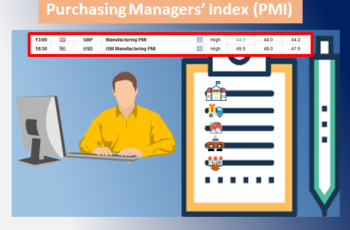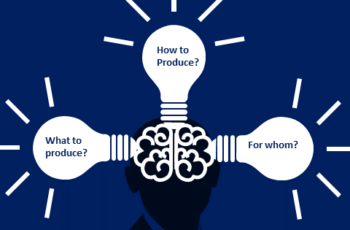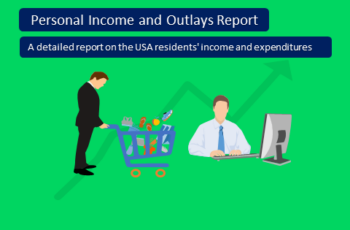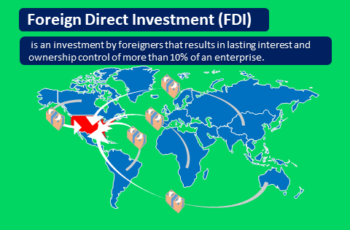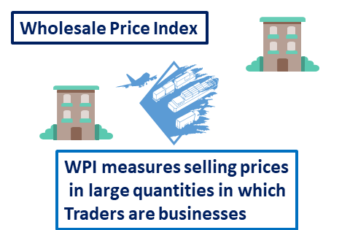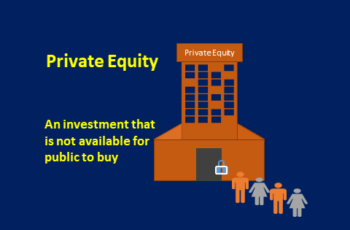What Is the FOMC Minutes?
The FOMC holds meetings eight times a year. Approximately three weeks after every meeting, the Committee releases a notice known as the FOMC Meeting Minutes.
This document offers detailed insights regarding the FOMC and some members’ stances on monetary policy, such as the interest rate.
So, market participants carefully read them to guess the future interest rate decisions.
Moreover, the minutes provide information on the voting, who voted in favor and who voted against a decision, for example, interest rate.
What Is the FOMC – Federal Open Market Committee?
The FOMC stands for the Federal Open Market Committee. It is a committee within the Fed. Its job is to oversee the US’s open market operations (trade of currencies and securities).
This Committee is the most powerful body concerning the monetary policy in the USA.
The Committee specifies the short-term objective for the Federal Reserve’s open market operations, a target level for the interest rate commercial banks charge each other for overnight loans. This interest rate is officially known as the federal funds rate.
The FOMC also directs operations by the Fed in Forex markets. However, any intervention in foreign exchange markets is coordinated with the U.S. Treasury, which is responsible for formulating the US policies about the market value of the dollar.
This committee holds meetings eight times a year. The Committee reviews and assesses employment, inflation, financial conditions, and other economic conditions. Finally, determines the appropriate monetary policy that may lead to price stability and sustainable economic growth.
The FOMC Meeting Minutes Effect on the Market
Analysts use FOMC Minutes to guess the future interest rate. They are looking for clues inside the report and with the help of other indicators try to predict if the Fed will hike, cut, or leave the interest rate the same.
Unfortunately, understanding the FOMC meeting minutes is harder than other indicators because the report contains quality data, not quantity.
For example, the Gross Domestic Product (GDP) is released as a number and growth rate. Everyone understands that a positive growth rate is better. However, analysts have to read the FOMC minutes and interpret them objectively to reach a good conclusion.
Moreover, even if two analysts read the same report, their understanding differs from each other. So, they react differently.
Fortunately, the report contains not only the Fed’s general position but also the opinions of individual voting members of the Committee too. Some members’ views may differ from the general point of view. So, knowing who and how many members of the Committee voted against a decision, along with other economic indicators helps to have a better understanding.
Often, the release of FOMC minutes causes volatility in dollar quotes, especially if votes are divided. A bullish tone may boost the USD, and a dovish may hurt the USD. Please note that the market reaction to FOMC Minutes could be later due to the required time to read the report.
How to Trade the FOMC Minutes?
As mentioned earlier, the FOMC Minutes are quality data, not quantity. So, person A perceives it differently than person B.
The most important thing that analysts are looking for is the clue to the future interest rate. Sometimes the market movement starts hours later due to a clue/s in the report. No one exactly knows how the market may react.
We think the best way to trade the minutes is to use it as a confirmation in your analysis. Do your Intermarket analysis, look for chart patterns and candlestick patterns, and read other economic data. If your understanding of the FOMC minutes confirms your overall analysis, then it is possibly good to take the risk.
Final Words!
The FOMC is the main body in respect of the monetary policy in the United States. It has 12 members and holds eight meetings a year to talk and make decisions concerning the monetary policy of the US economy.
About three weeks after every meeting it releases a notice known as minutes. That paper includes the FOMC’s stands on the monetary policy and members’ vote who voted in favor or against a decision.
The interest rate is the most important topic in the paper, and analysts are looking for clues in the paper for future interest rate decisions.
Since this document contains quality data, it is better to use it as confirmation in an overall analysis.

